Adverse Weather in the Backcountry
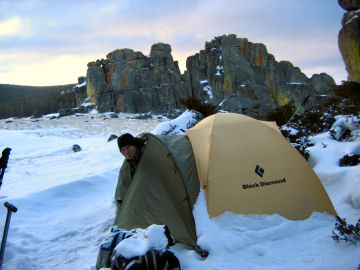
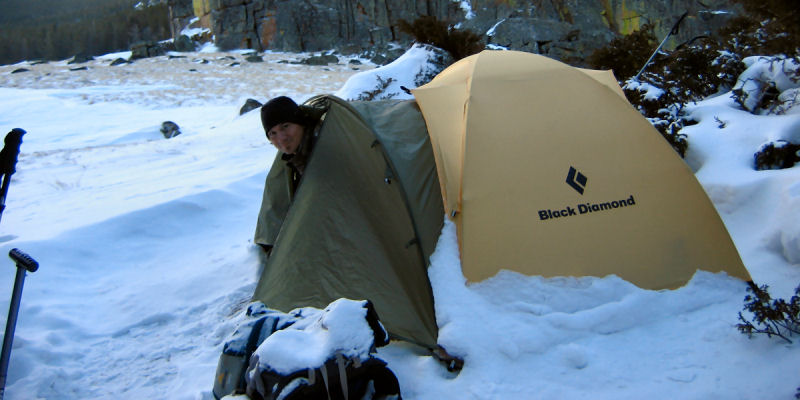
Elk hunting the backcountry is an adventure without equal when compared to the rudimentary day-to-day existence of our modern world. A sizable portion of the adventure is the risk associated with the activity of hiking and living in the backcountry. One major menace is the unforeseen, abrupt changes in the weather. With a little forethought, preparation, and knowledge, though, most of the hazards associated with nasty weather can be softened somewhat.
Choose the right clothing
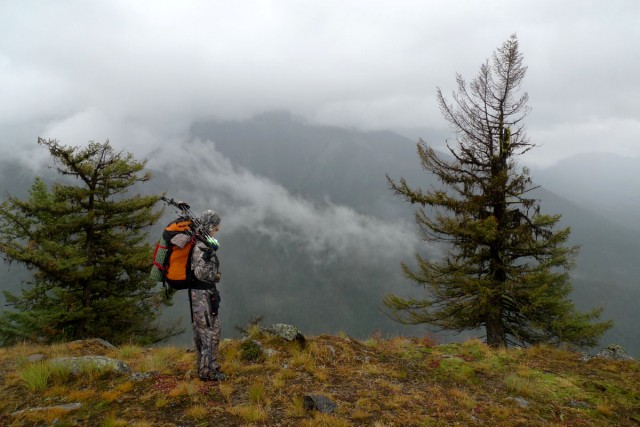 Having the right clothing along for a backcountry outing can make an absolutely horrible situation survivable, and maybe even moderately tolerable. The gear I take into the backcountry varies by the season. Early September weather is the most forgiving, therefore fewer items get crammed into my pack. The most needed pieces used to cope with nasty weather are lightweight, compressible rain gear. The Sitka Gear Dewpoint rain gear is the lightest and most packable I’ve ever used, and never leaves my pack until the late season. Other early season must-haves are a lightweight puffy jacket, medium weight gloves, and a warm stocking cap. These basic components will cover most of the cold and wet weather situations in early archery seasons.
Having the right clothing along for a backcountry outing can make an absolutely horrible situation survivable, and maybe even moderately tolerable. The gear I take into the backcountry varies by the season. Early September weather is the most forgiving, therefore fewer items get crammed into my pack. The most needed pieces used to cope with nasty weather are lightweight, compressible rain gear. The Sitka Gear Dewpoint rain gear is the lightest and most packable I’ve ever used, and never leaves my pack until the late season. Other early season must-haves are a lightweight puffy jacket, medium weight gloves, and a warm stocking cap. These basic components will cover most of the cold and wet weather situations in early archery seasons.
As elk season advances, the weather changes drastically. Long gone are the summer thunderstorms that last an hour at most. Storms with cooler temperatures become prolonged, often blowing in as rain and changing to snow as they exit. The days are dramatically shorter, and the sun – when it is shining – lacks the warming power it once had. These conditions make the life of a backcountry elk hunter much more complicated. Not only are the hikes more difficult, but gear necessities become more burdensome. Packs can grow heavy with the extra weight of late season gear. Clothing is always heavier with thicker pieces replacing thin early season gear.
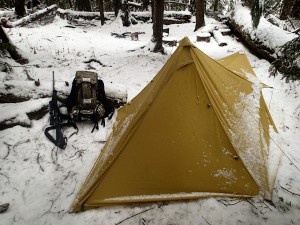 Gaiters are a late-season standard for me. I usually layer them under my pants (like roof shingles) to keep water from wicking between the pants and socks and then down into my boots. My boots vary from Gore-tex leather to rubber-bottomed insulated Schnee’s boots, which are heavier and more cumbersome. I carry a lot of extra socks so I have a dry pair to start each day with and wear at night. Other necessities include spare non-cotton long underwear, heavier gloves, and a synthetic down puffy jacket to wear over my active layer when stopped to glass for extended periods. The jacket also helps dry out other clothes if it is worn over the wet layer for a few hours, either around camp or in a sleeping bag. Above all else, quality rain gear is imperative to staying dry in extremely wet weather, but be prepared to dry it out too, eventually.
Gaiters are a late-season standard for me. I usually layer them under my pants (like roof shingles) to keep water from wicking between the pants and socks and then down into my boots. My boots vary from Gore-tex leather to rubber-bottomed insulated Schnee’s boots, which are heavier and more cumbersome. I carry a lot of extra socks so I have a dry pair to start each day with and wear at night. Other necessities include spare non-cotton long underwear, heavier gloves, and a synthetic down puffy jacket to wear over my active layer when stopped to glass for extended periods. The jacket also helps dry out other clothes if it is worn over the wet layer for a few hours, either around camp or in a sleeping bag. Above all else, quality rain gear is imperative to staying dry in extremely wet weather, but be prepared to dry it out too, eventually.
Approaches for wet weather
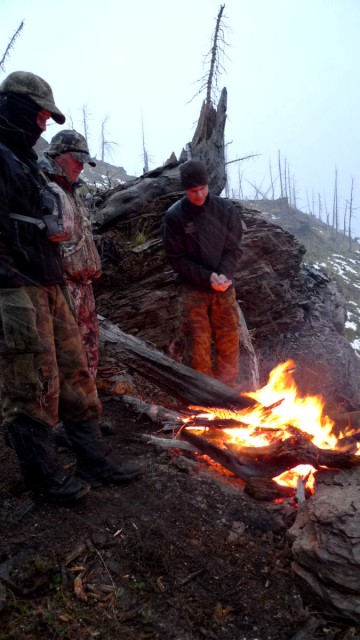 If you hunt long enough in the rainy season, things will get wet even with the best of gear. For extended stays in the backcountry, take every opportunity to dry out gear. Remove the liners from boots and hang them up to dry or put them in your sleeping bag over night. The same goes for base layers. Heat generated from your body will dry things out by creating a thermal gradient that pushes wetness toward the outside of your bag. The same principle works with a puffy jacket or synthetic sleeping bag layered over wet base layers. Keep in mind that synthetic clothing dries faster than wool – or God forbid – cotton.
If you hunt long enough in the rainy season, things will get wet even with the best of gear. For extended stays in the backcountry, take every opportunity to dry out gear. Remove the liners from boots and hang them up to dry or put them in your sleeping bag over night. The same goes for base layers. Heat generated from your body will dry things out by creating a thermal gradient that pushes wetness toward the outside of your bag. The same principle works with a puffy jacket or synthetic sleeping bag layered over wet base layers. Keep in mind that synthetic clothing dries faster than wool – or God forbid – cotton.
Start a fire to warm up and dry out whenever possible, especially if the storm looks like it will last for a while. My mood and mental state always improve with a fire crackling nearby and a warm beverage in my hand. It’s important to carry an ample amount of fire starter as conditions can make starting a fire rather difficult. Recently, a friend of mine relayed to me the story of five fire failures in a particular nasty storm, and finally got one going with the last piece of fire starter. I carry several pieces of pitchwood, two lighters, two candles, and some matches, and I’ve never failed at starting a fire.
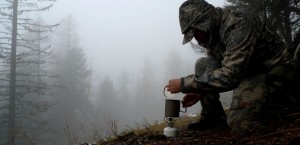 The radiant heat from a fire can help dry gear rather quickly, but use caution: leather boots can get too warm and warp or crack, and ruined boots are painful on the feet and the wallet; synthetic clothing will dry fast near a warm fire, but will melt even faster; and flying embers turn rain gear to Swiss cheese with just a few errant wind gusts. A fire will go a long way in adding comfort to a wet miserable situation, though, and is worth the effort most of the time. Also, take every advantage to dry gear out when there is a break in the weather or in the hunting action. String up a clothesline and hang everything in the breeze and/or sun to dry for as long as possible.
The radiant heat from a fire can help dry gear rather quickly, but use caution: leather boots can get too warm and warp or crack, and ruined boots are painful on the feet and the wallet; synthetic clothing will dry fast near a warm fire, but will melt even faster; and flying embers turn rain gear to Swiss cheese with just a few errant wind gusts. A fire will go a long way in adding comfort to a wet miserable situation, though, and is worth the effort most of the time. Also, take every advantage to dry gear out when there is a break in the weather or in the hunting action. String up a clothesline and hang everything in the breeze and/or sun to dry for as long as possible.
Backcountry elk hunting in extreme wet and cold conditions will never be comfortable. Sometimes it will be just plain miserable. The additional gear will tug at your shoulders a little harder and the hiking will be increasingly difficult. The short nights, wet brush, and fickle wind may have you questioning why you are out there in the first place. But when the inky blackness fades into the first light of dawn and you are positioned high on a remote ridgeline spotting elk that no one else will, it all pales to insignificance.

